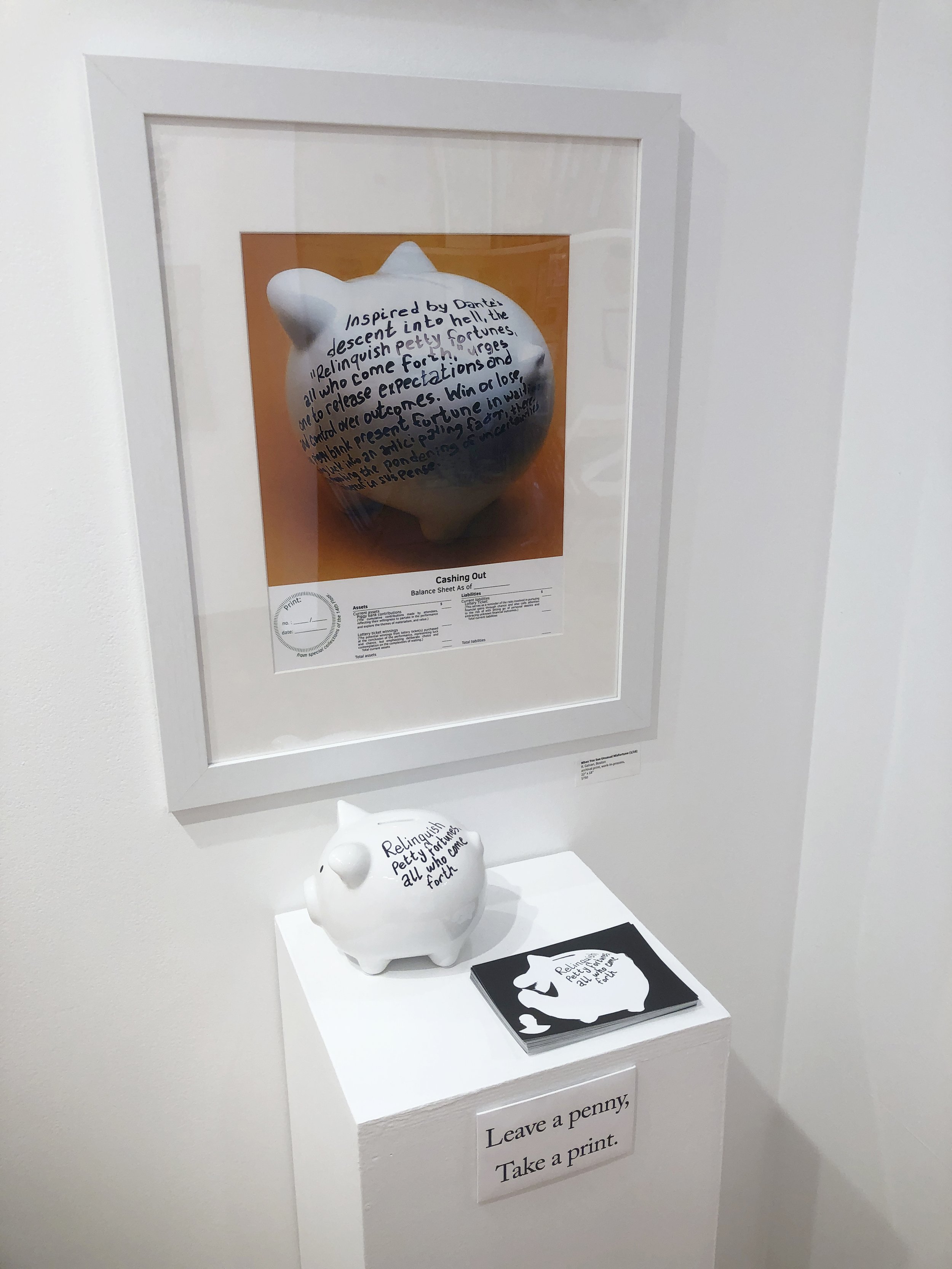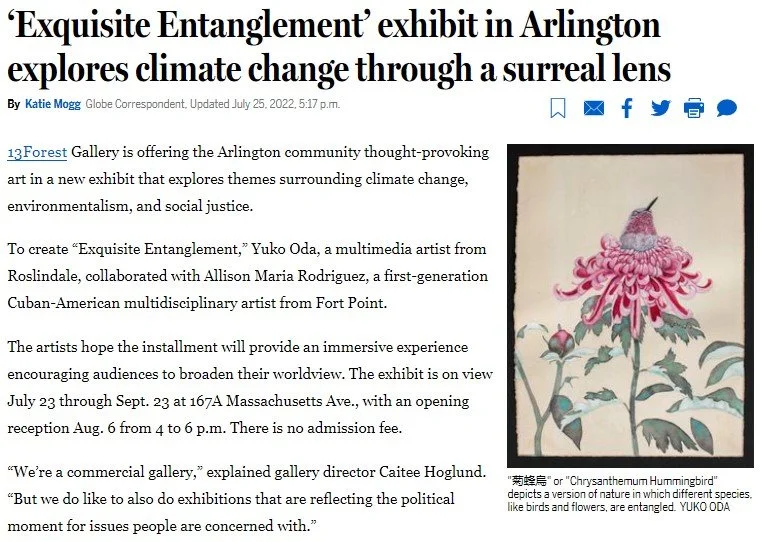Galvan’s project, titled When You See Unusual Misfortune, is an extension of another project that Galvan is currently conducting in their studio:
When You See Unusual Misfortune is an ongoing performance initiated by collecting discarded coins in my studio space. Inspired by the saying, “find a penny, pick it up, and all day you'll have good luck,” I began with those abandoned pennies, near valueless objects, on my studio windowsill. The performance unfolds as an exploration of a compulsion to accumulate objects of little material worth. With each newly encountered penny on the streets and in other places, I humbly gather and meticulously document them through color pencil rubbings. These coins are then added to a ceramic piggy bank, becoming tangible encounters with seemingly insignificant things. The core of this performance lies in drawing attention to how a routine act of accumulating trivial objects challenges the expectation that misfortune is an inherent and recurring aspect of our lives. This "misfortune," characterized by repetition and routine, animates the concept of diminishing returns and questions the significance we attach to everyday objects and to reflect on how small, repetitive actions can reshape our perceptions of luck and misfortune. The project includes drawings, photo-documentation, video, and an artist book (in development). This project will conclude when my studio lease ends, and I cash out the piggy bank, using its contents to purchase a lottery scratch card - an act that underscores perspectives on fortune and luck.
We were intrigued by this project and its unique take on the ideas of luck and fortune, and asked Galvan to adapt it to our exhibition. For As Luck Would Have It, the project consists of a ceramic piggy bank with text written on it by Galvan: “Inspired by Dante's descent into hell, the revised inscription, ‘Relinquish petty fortunes, all who come forth,’ urges one to release expectations and control over outcomes. Win or lose, the piggy bank present[s] fortune in waiting, turning luck into an anticipating factor, thereby provoking the pondering of uncertainties inherent in suspense.”
The bank sits on a pedestal in the gallery next to a pile of small prints of a photographic image of the piggy bank with the text. Visitors are invited to “leave a penny, take a print.” The piggy bank is also accompanied by an incomplete document that includes a photograph of the piggy bank and a balance sheet that will be completed by Galvan at the end of the Cashing Out performance. Throughout the duration of As Luck Would Have It, visitors to the gallery have been leaving change in the piggy bank and receiving a print in exchange. At the closing reception, Galvan will wear an outfit that indicates they are an ‘artist at work.’ Galvan will shake out the piggy bank, smash it, and count the money collected. Galvan will then take the money to a convenience store across the street from the gallery and buy a lottery ticket, which they will return to the gallery to scratch off to document any winnings.


































